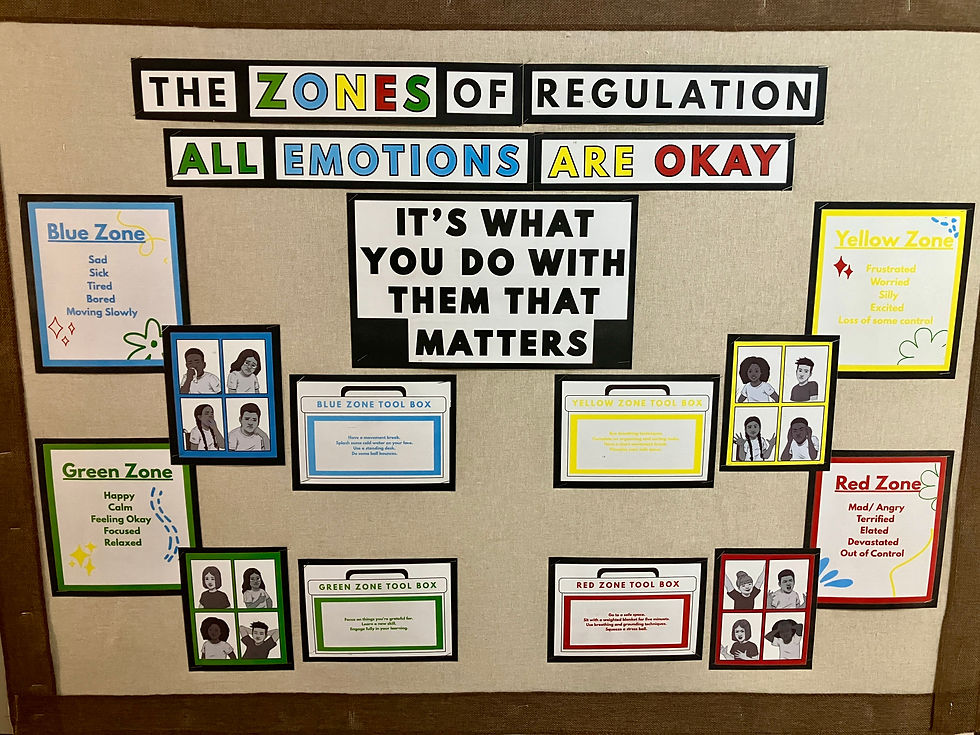Beyond IQ: The Many Faces of Intelligence
- The Lion Works School

- May 9
- 2 min read
When we hear the word brainpower, we might think of someone who’s quick-witted, well-read, or deeply analytical. But intelligence isn’t just one thing—it’s many. Since the 1980s, psychologists have been redefining intelligence, suggesting that it exists in multiple forms. Today, we recognize at least twelve distinct types, each reflecting different strengths and ways of understanding the world.
Some forms of intelligence are familiar: logical-mathematical, which drives scientific and mathematical thinking; linguistic, tied to spoken and written communication; and emotional intelligence, the ability to navigate one’s own feelings and those of others. These are commonly measured and celebrated in schools and society.
Others are less obvious but just as vital. Spatial intelligence enables architects and pilots to think in three dimensions. Body-kinaesthetic intelligence helps dancers, athletes, and surgeons use their bodies with precision and grace. Musical intelligence reflects sensitivity to sound, rhythm, and melody—essential for composers and performers alike.
There’s also interpersonal intelligence, the skill of understanding and relating to others, and intrapersonal intelligence, a deep self-awareness that supports personal growth and wise decision-making. Naturalistic intelligence connects people to nature and the patterns within it, while existential intelligence fuels philosophical thinking about life’s big questions.
More recent additions include creative intelligence, the spark behind innovation and original thinking, and collaborative intelligence, the ability to lead and learn within a group—crucial in today’s hyper-connected world.
So, why does this matter? For students on the autistic spectrum, this broader view of intelligence opens doors. Traditional definitions often overlook the unique strengths these students bring—whether it’s a sharp eye for patterns, deep focus, creative problem-solving, or an extraordinary memory. By embracing multiple intelligences, we move closer to education that recognises every learner's potential—not just in how they think, but in how they shine.
Mr Allard

.png)





Comments